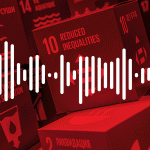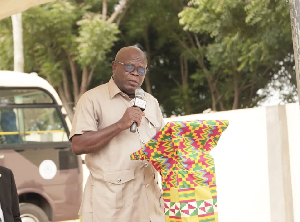Researchers in India have developed a new solar module recycling process that transforms lead into less toxic lead monoxide. It consists of three main steps – leaching, precipitation, and calcination.
May 7, 2024
Researchers from India’s Centre for Materials for Electronics Technology (C-MET) developed a novel process to recover lead (Pb) from end-of-life photovoltaic panels.
“The lead recovery process outlined in our study presents a novel and environmentally conscious approach to recycling end-of-life silicon photovoltaic modules,” the research’s lead author, Duvvuri S. Prasad, told pv magazine. “Unlike traditional methods that focus on recovering valuable materials, our process uniquely targets the toxic substance lead, a key component in soldering copper ribbons within solar panels.”
The lead is recovered with an optimized three-step process. “The recovered lead, transformed into its less toxic form as lead monoxide (PbO), showcases the dual benefits of environmental remediation and the creation of a commercially viable material,” Prasad added. “We meticulously analyzed efficiency at each stage using advanced characterization techniques, ensuring a thorough understanding of lead recovery.”
In the study “A novel approach for the efficient recovery of lead from End-of-Life Silicon Photovoltaic modules,” which was recently published in Solar Energy Materials and Solar Cells, Prasad and his colleagues explained that the three-step process consists of the selective leaching of the top layer from interconnect, the extraction of lead from the leachate by precipitation, and the final calcination.
The selective chemical leaching of the module copper ribbons is made with dilute nitric acid and the separated copper ribbons are then washed with water. The precipitation technique consists of altering the pH of the leachate by adding an alkaline solution to precipitate Pb +2 ions. Through the calcination process, lead is converted to PbO at 500 C.
Popular content
The group tested the proposed approach on 30 kg of material that was cut from the de-framed end-of-life polycrystalline silicon solar modules. It reportedly enabled obtaining PbO with very minimal impurities. The most efficient leaching of lead from interconnects was observed with 1.5 M nitric acid at 60 C .
“An overall recovery percentage of 70.45 was observed for obtaining Pb in its less toxic form PbO by this method,” the scientists emphasized. “PbO recovered is useful for various applications namely lead storage acid batteries, pigments in paint industry, ceramic, and glass industry as well.”
“Our scalable process has been successfully validated with a 200-gram sample, underlining its potential for large-scale implementation,” Prasad further explained. “The recovered PbO, verified for phase purity through advanced characterization techniques like XRD and SEM-EDS, opens doors to diverse commercial applications. This unique approach marks a significant stride toward sustainable and responsible management of solar waste, contributing to both environmental and economic gains.”
This content is protected by copyright and may not be reused. If you want to cooperate with us and would like to reuse some of our content, please contact: [email protected].
This post was originally published on 3rd party site mentioned in the title of this site






